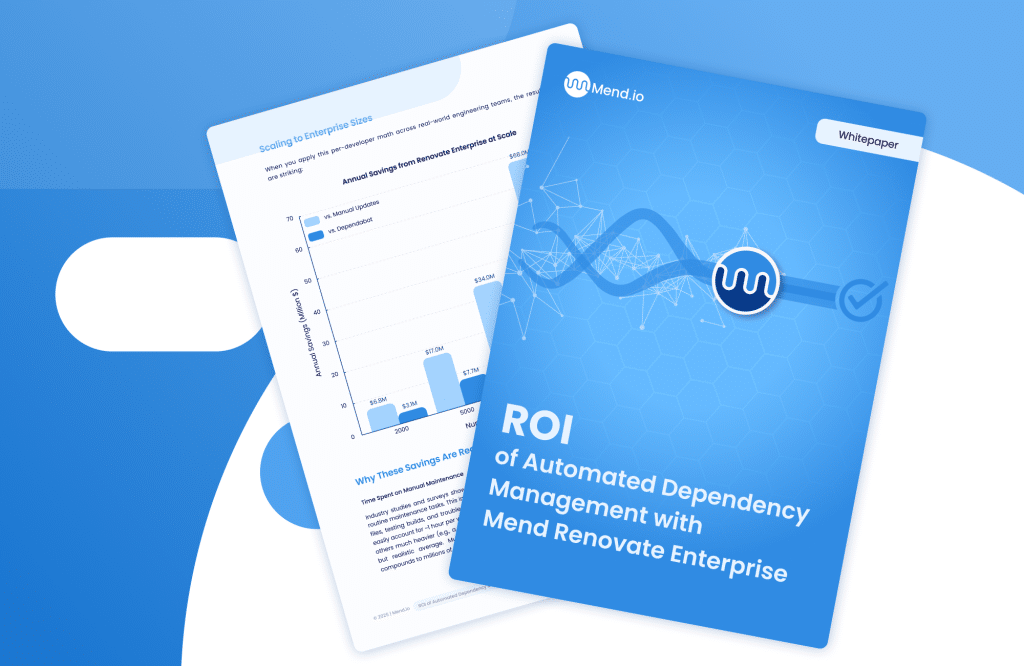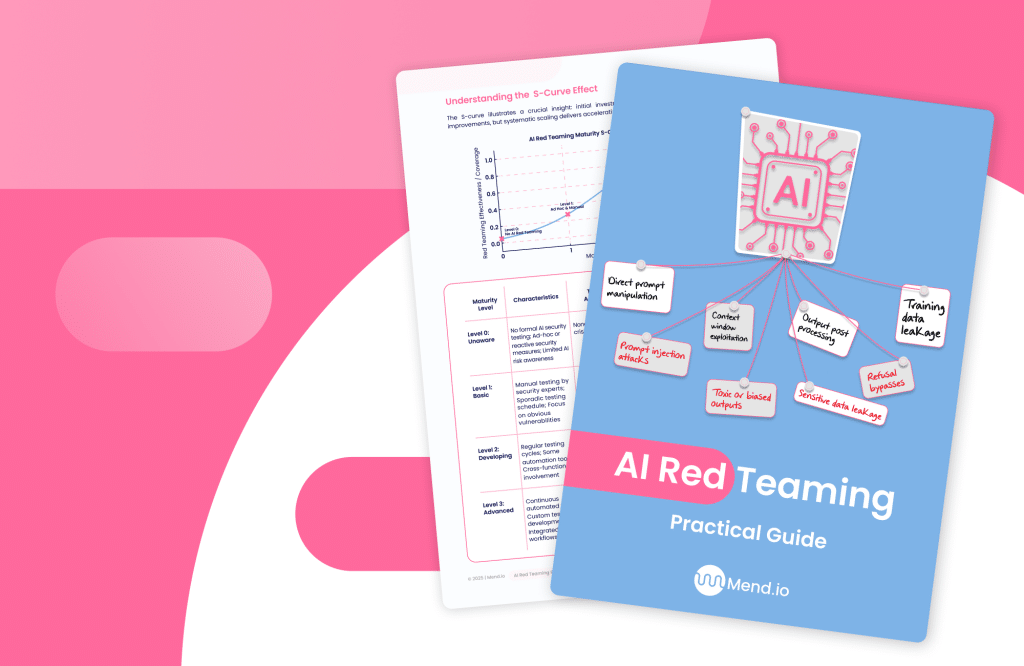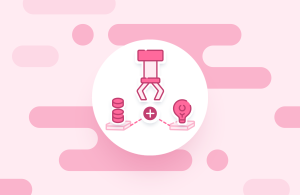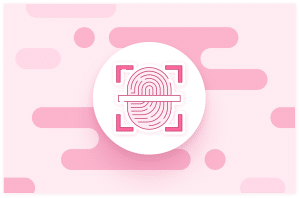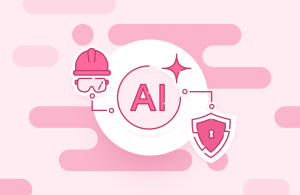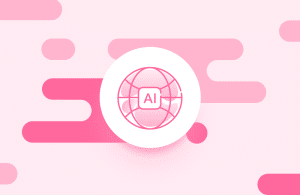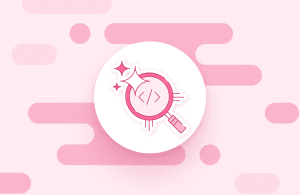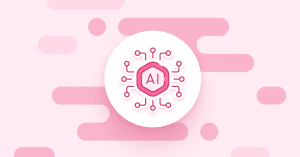Table of contents
Deploying Gen AI Guardrails for Compliance, Security and Trust
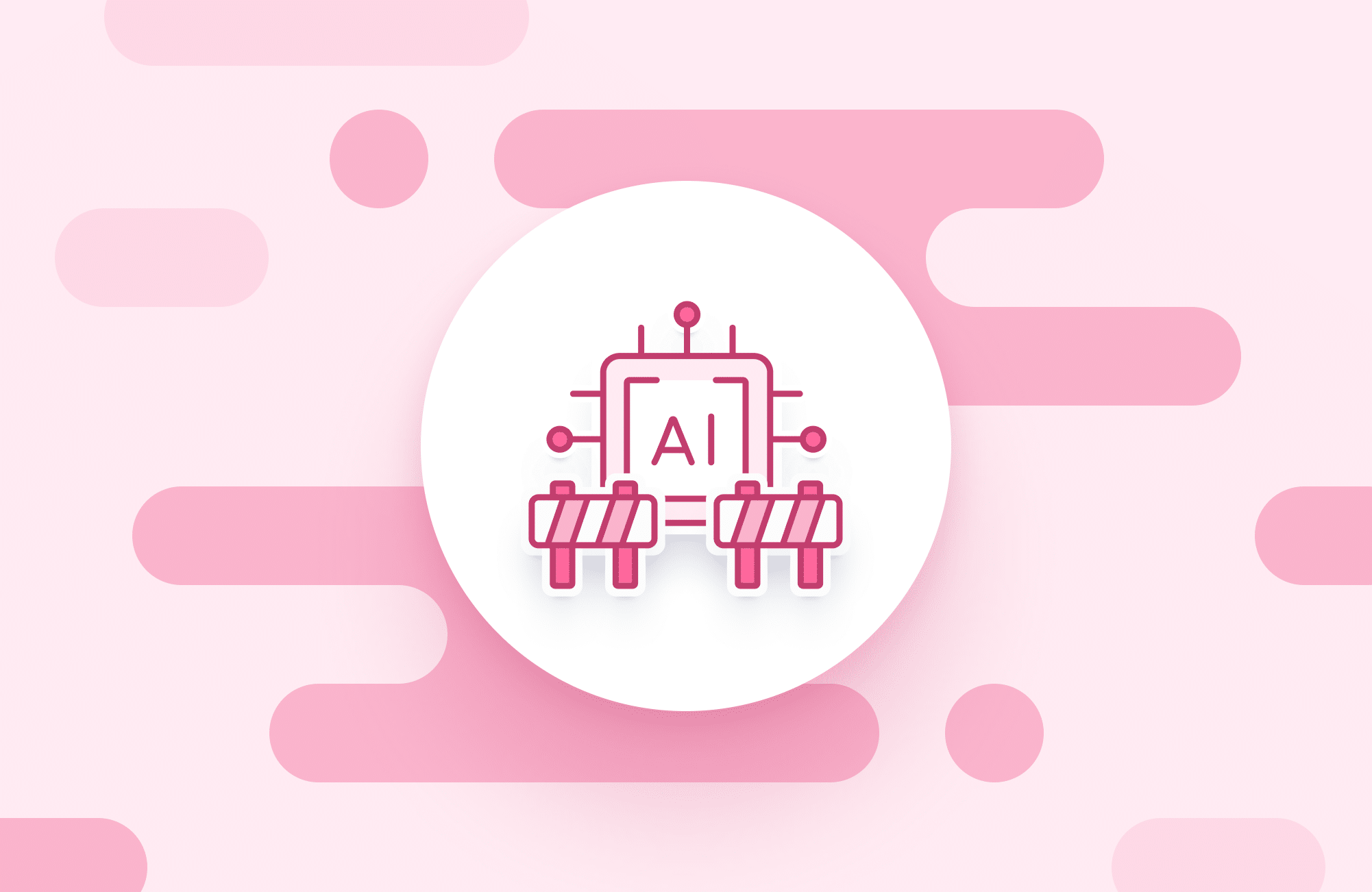
AI guardrails are structured safeguards, whether technical, security or ethical, which are designed to guide AI systems so they operate safely, responsibly, and within intended boundaries. Much like highway guardrails that prevent vehicles from veering off course, these measures ensure AI remains aligned with organizational policies, regulations, and ethical values.
For generative AI systems such as large language models, these gen AI guardrails are protections which prevent harmful outputs, data leaks, or compliance violations.
This article is part of a series of articles on AI Security.
The need for AI guardrails
The rapid rise of generative AI tools has unlocked a wide range of business benefits, including enhanced productivity, automation, and innovation. However, AI also brings significant risks: incorrect or biased outputs, privacy breaches, jailbreak attempts, and misuse. Adoption is happening at breakneck speed — see our latest generative AI statistics for a sense of how quickly enterprises are scaling usage.
As organizations scale AI usage at speed, guardrails become essential to:
- Protect privacy and security by stopping PII leakage and defending against prompt injection
- Ensure regulatory compliance under laws like GDPR, the EU AI Act, and other industry-specific requirements.
- Maintain public trust by minimizing hallucinations, toxicity, and biased outputs coming from LLMs.
These challenges sit within the broader field of generative AI security, which addresses risks unique to systems like large language models.
How do AI guardrails work?
Guardrails are built in different ways, usually using rule-based systems and operating across layered controls. They can be embedded throughout the AI lifecycle, from design and training through to deployment.
When guardrails start at the training data stage, they can reduce the harmful patterns that can be learned in the first place from large volumes of data. Next, during and after training, specific techniques are used that help the model to learn how to respond to user prompts. An example of this is RLHF, which is Reinforcement Learning from Human Feedback. Finally, guardrails include post-processing filters and access controls, where AI systems are guarded with access control settings, filters, content moderation, and red teaming techniques. These act proactively to test resilience, and can detect and block any malicious or problematic outputs in real-time.
The main types of AI guardrails
Gen AI guardrails can be grouped in a number of ways, but one approach is to categorize them by their purpose, and the kinds of risks they prevent. Categories include:
Technical guardrails
Technical guardrails ensure that AI systems behave consistently and predictably. Validator frameworks, often built in Python, check that outputs follow the expected format, data types, or syntax, especially for structured responses like JSON. Real-time monitoring, auto-correction, and fallback logic further improve reliability by detecting anomalies and retrying failed outputs. These controls are essential when AI is integrated into production workflows or user-facing apps, where failure or drift can create risk or confusion.
Security guardrails
Security guardrails focus on protecting sensitive data and preventing system abuse. PII detection and redaction tools scan prompts and outputs for personal information, helping maintain data privacy and regulatory compliance. Jailbreak prevention techniques stop users from manipulating prompts to bypass any restrictions. More advanced systems also block prompt injection attacks using static code checks and behavioral anomaly detection. This is critical in agent-based or autonomous AI setups where hidden instructions could introduce vulnerabilities. These risks are particularly acute in retrieval-augmented generation pipelines, where untrusted documents can slip into prompts. But securing the connectors and prompts is only half the battle — protecting the models themselves from theft or inversion is just as critical. Our guide to AI model security walks through practical strategies.
Our guide on RAG security explains how to protect RAG systems from poisoning and leakage.
Ethical guardrails
Ethical guardrails ensure outputs align with societal norms, legal standards, and corporate values. Content filters detect and block toxic, biased, or inappropriate language. Hallucination guardrails check outputs for factual consistency, which can be done by comparing model answers against trusted sources or triggering review workflows. Compliance checkers reinforce legal and ethical standards by screening outputs for violations of laws like GDPR or HIPAA. Together, these controls build user trust and reduce reputational risk in high-stakes applications.
Challenges in establishing AI guardrails
While AI guardrails are essential for safe and responsible deployment, implementing them effectively presents a range of technical, operational, and ethical challenges, including:
- The complexity of AI systems: Modern LLMs are opaque and dynamic, which makes predicting behavior hard. Building reliable guardrails demands deep system understanding and layered controls.
- An evolving threat landscape: Threats are changing all the time, and the ways that attackers interact with AI and LLMs doesn’t sit still. Jailbreaking techniques, prompt injections, model manipulation… the list goes on.
- Balancing innovation and control: While strict guardrails limit risk, rigid guardrails could hinder creativity and adaptability. Effective strategies must strike a balance between safety and operational flexibility.
Beyond prompt injection and jailbreaking, organizations also face risks from unauthorized AI connectivity. Our analysis of MCP security explores how unmanaged MCP servers can open hidden backdoors.
Best practices to deploy gen AI guardrails
To embed gen AI guardrails strategically, modern AppSec platforms should consider the following OWASP 1op 10 for LLM while focusing on these best practices:
- Establish acceptable use policies: McKinsey Research recommends defining clear dos and don’ts tailored to each use case and risk profile. Specify prohibited inputs, forbidden use cases (e.g., impersonation, code generation in sensitive domains), and rules for the handling of confidential data.
- Set governance and accountability: Assign multidisciplinary teams (for example technical, legal, compliance, security) to lead oversight and continually reassess risks. Make sure developers are given the right tools so that they can take ownership over security as part of their work.
- Use frameworks and tools: A modern AppSec platform should protect the whole AI lifecycle. Scan code, dependencies, and APIs for vulnerabilities, ensuring AI guardrails aren’t just model-level, but embedded across the supporting infrastructure. Alongside frameworks, purpose-built AI security tools are emerging to give organizations better visibility and control over AI deployments.
- Integrate guardrails into the AI lifecycle: Security and compliance guardrails should be embedded across the AI lifecycle, from development through deployment, by integrating scanning, policy enforcement, and vulnerability remediation into CI/CD pipelines.
- Monitor and audit AI systems: Apply ongoing evaluation, including health checks, vulnerability monitoring, incident reviews, and protections against prompt injection or unauthorized API use. For compliance and organizational governance, maintain audit logs of all guardrail activations.
- Foster a culture of responsible AI use: Everyone in the organization should know that security is their concern, too. Educate users and developers on AI limitations, ethical use, secure interactions, and compliance needs. Regularly update training, models, and policies to accommodate new risks or regulations.
A best-in-class AppSec platform should seamlessly integrate AI guardrail capabilities without sacrificing agility or user experience. By combining technical frameworks, robust governance, proactive monitoring, and a culture of responsibility, businesses can safely scale generative AI while unlocking innovation. It’s also useful to distinguish between securing AI itself and using AI as a security tool. Our article on AI security solutions explains this difference.
